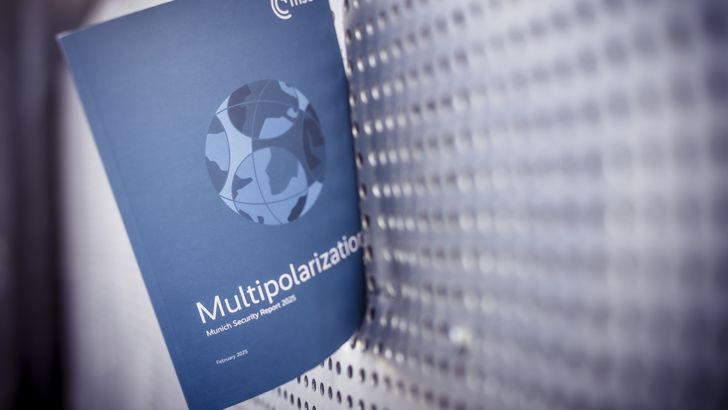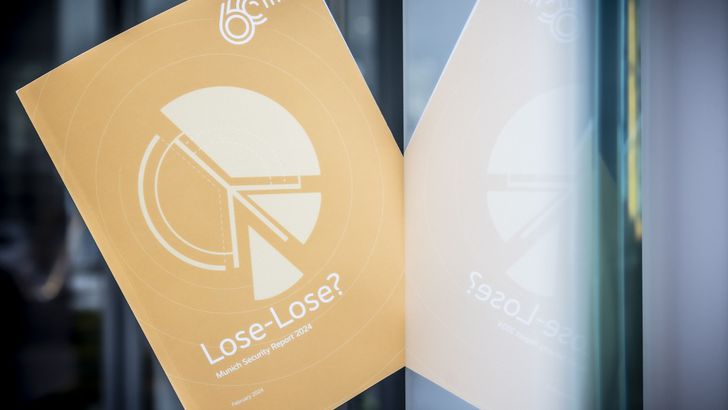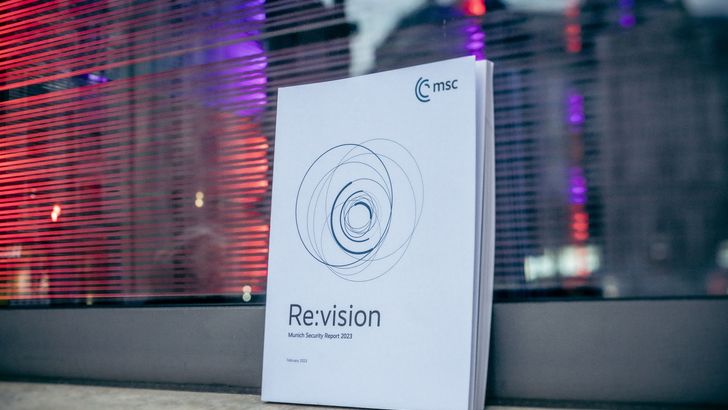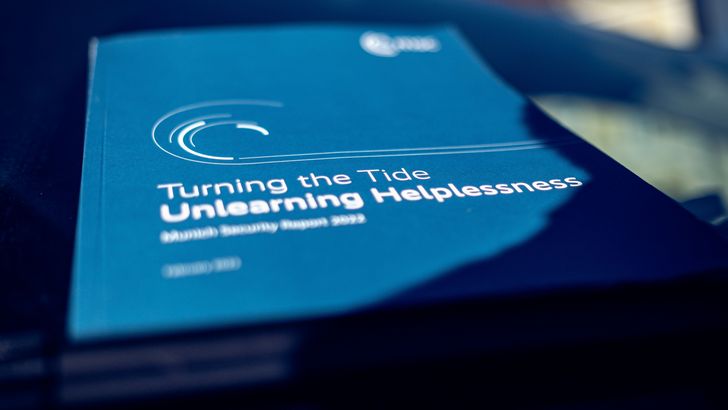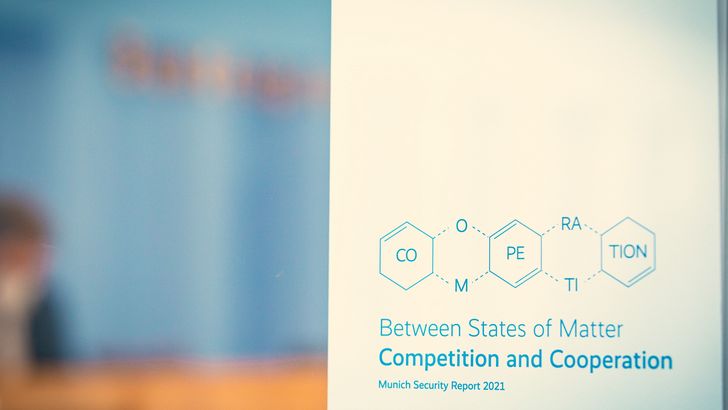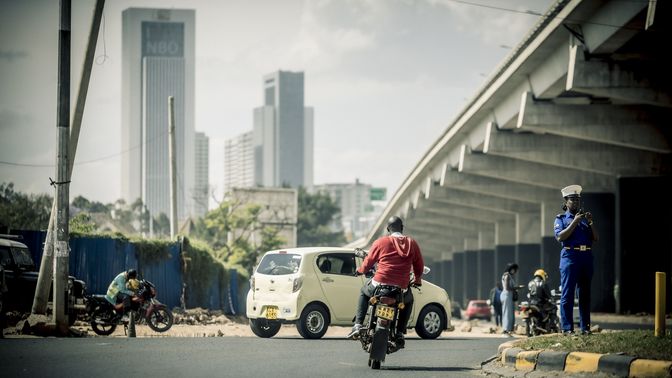
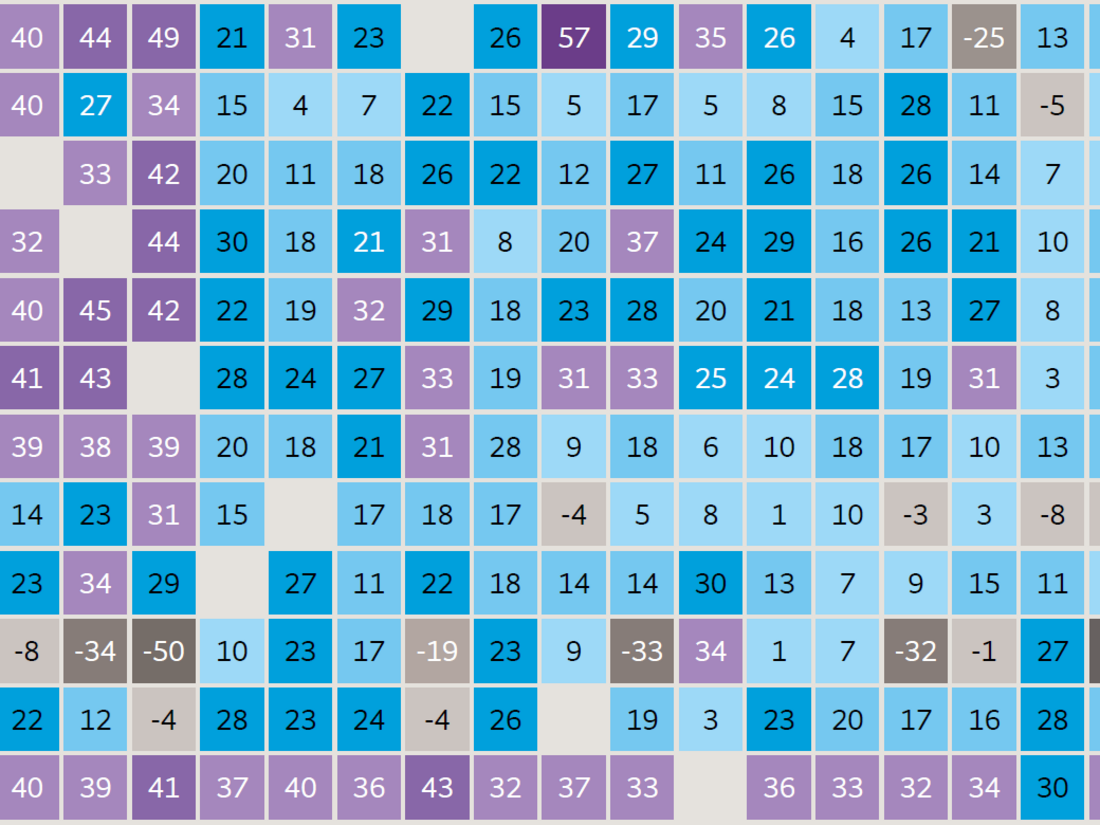
Munich Security Index
The Munich Security Index (MSI) is a dataset on global risk perceptions built by the MSC and Kekst CNC. The latest addition to our Munich Security Report, it provides an in-depth view of how G7 and B(R)ICS countries as well as Ukraine view global risks. The MSI consists of a core index of questions on risks perceptions, which are posed annually and can thus be traced over time, and a set of additional questions relevant to security policy that may vary from year to year.
Munich Security Index 2025
The MSI 2025 is now available as part of the new Munich Security Report 2025 “Multipolarization”.
The Munich Security Conference and Kekst CNC have together built a new data set to answer core questions that help understand citizens’ risk perceptions: do people think that the world is becoming a riskier place? Is there a global consensus on some of the grave risks that humanity is facing today – from climate change and pandemics to the risks posed by countries like China and Russia? And how prepared do societies feel to tackle these various threats? By combining five metrics – overall risk, potential damage, expected trajectory, perceived imminence, and feelings of preparedness – this core index of the MSI provides an in-depth view of how people around the world view 32 major global and domestic risks. The MSI is based on surveys of around 1,000 people per country, initially conducted in the G7 and BRICS countries. However, since the MSI 2023, Ukraine has been included instead of Russia. Ukraine was included in the core index in the MSI 2023; for the MSI 2024, we only asked the set of specific questions.
Explaining the Index
Index Components
The Munich Security Index combines the crucial components that make a risk more serious. Public perceptions of trajectory are combined with imminence and severity alongside a measure to give equal weight to perceptions of preparedness.
Index Scores
To produce the final risk index score for each risk in each country we add the mean scores for all five of the inputs above – overall risk, trajectory, severity, imminence, and preparedness. The resulting total is then rescaled to run from 0 to 100 for ease of interpretation. The final risk index score is an absolute figure (with 100 the highest and 0 the lowest possible risk index score) that can be compared between demographics, countries, and over time.
Country profiles
Besides a risk heatmap that features the G7 countries, Brazil, China, India, and South Africa and how they score on each of the risks covered, the index also includes an overview of how risk perceptions have changed over time as well as an overview of how countries perceive other states.
The index also provides more detailed insights into the individual risk profiles of the countries surveyed.
